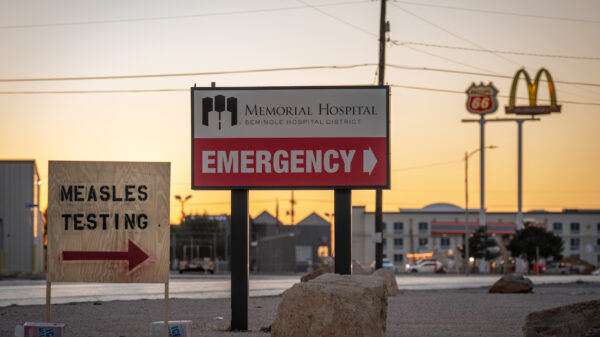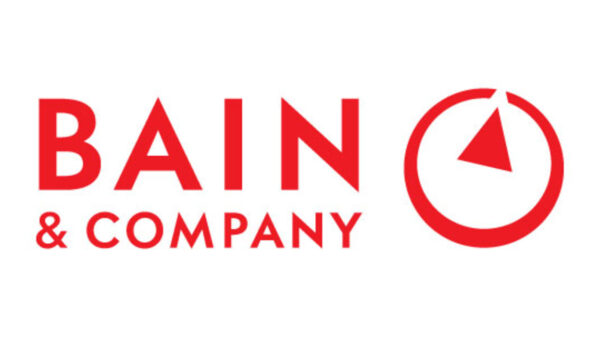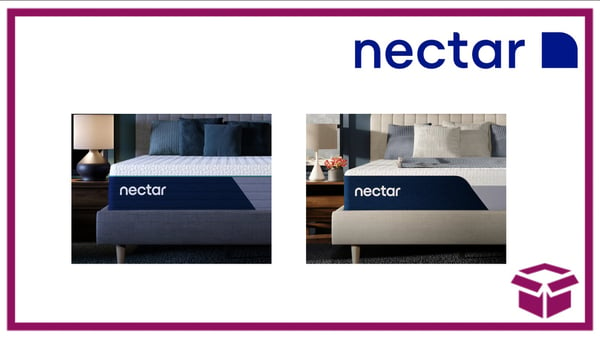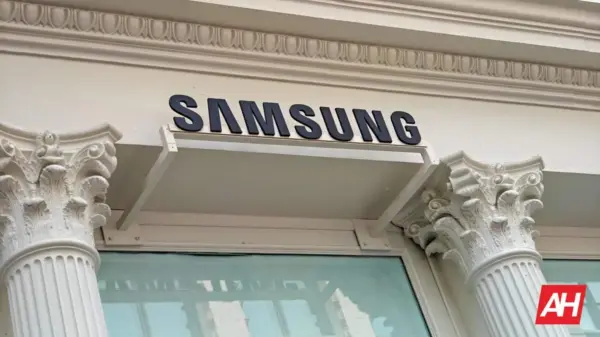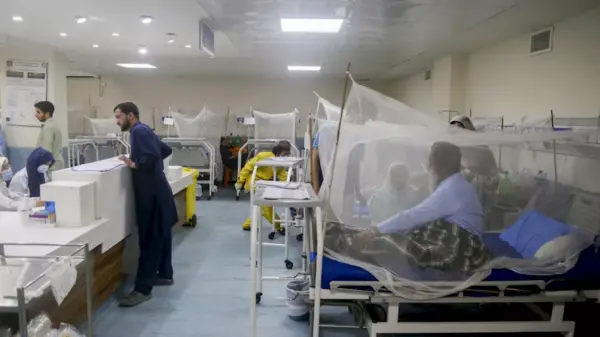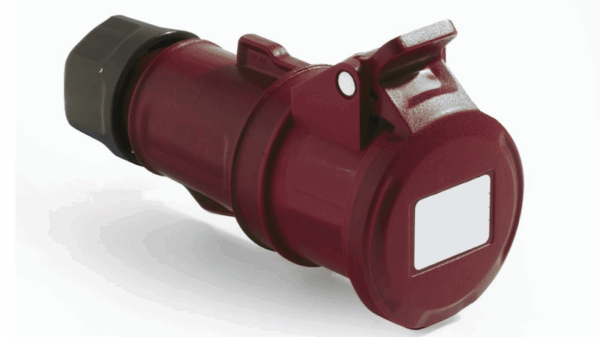Digital technologies are fundamentally transforming healthcare by enhancing connectivity, data sharing, and patient services. As clinicians and patients increasingly rely on advanced digital solutions, the need for a robust network infrastructure has never been more urgent. Traditional copper-based local area networks (LANs) are proving inadequate in meeting these demands. Optical LAN emerges as a promising alternative, offering a future-ready solution tailored to the unique challenges of healthcare IT.
Challenges of Traditional Copper-Based LAN
Modern healthcare facilities function as highly interconnected environments. Patients expect reliable Wi-Fi and entertainment options, while clinicians require uninterrupted access to medical records and imaging files. Administrators depend on a cohesive network to support various systems, from smart signage to security access.
Unfortunately, traditional copper-based LANs are struggling to keep pace. These systems suffer from inherent limitations in speed and distance, necessitating costly upgrades every five to seven years to accommodate growing bandwidth needs. Healthcare IT networks are expected to last for decades, yet frequent upgrades can disrupt operations and inflate costs. Moreover, sustainability concerns are pressing as healthcare organizations strive to meet environmental, social, and governance (ESG) targets.
The large physical footprint and high maintenance requirements of copper LANs exacerbate these issues, leading to increased operational costs that conflict with the efficiency goals of the healthcare sector.
Optical LAN: A Future-Ready Solution
Optical LAN is designed specifically for in-building and campus connectivity, utilizing the advantages of fiber technology to create a high-performance infrastructure. This system is particularly suited for healthcare environments where reliability, security, and sustainability are paramount.
Optical LAN supports speeds of 10G and 25G, with the capacity for future upgrades to 50G and even 100G. This ensures virtually unlimited bandwidth, positioning the infrastructure to adapt to over 50 years of digital healthcare advancements. Unlike copper networks, upgrading an Optical LAN does not require replacing the cabling; new wavelengths can simply be added to enhance speed or capacity, making it a cost-effective and non-disruptive solution.
Furthermore, Optical LAN consolidates all digital services—such as real-time diagnostics, Internet of Things (IoT) applications, cloud services, and telemedicine—onto a single converged network. This simplification reduces cabling requirements by up to 70%, lowering operational costs and streamlining the overall infrastructure.
The reach of Optical LAN extends up to 20 kilometers without necessitating intermediate switches or IT closets every 100 meters. This capability is particularly advantageous for large hospitals and medical campuses, minimizing the space required for networking equipment and enabling more efficient network designs.
Installation is expedited due to the reduced cabling and simplified layout, allowing for quicker deployment and easier management. The network’s design also enhances resilience and decreases the likelihood of failures, freeing IT teams to concentrate on innovation and patient care rather than maintenance.
In healthcare settings, cleanliness and operational efficiency are critical. Optical LAN supports these needs as fiber cables are lighter and thinner, which minimizes dust and disruption. Optical modems are typically located outside patient rooms, reducing the need for in-room access during maintenance. Pre-terminated fiber cabling further decreases on-site installation time, maintaining sterility and patient comfort.
Sustainability is integral to Optical LAN, which is up to eight times more energy-efficient than traditional wired or wireless networks. Fewer switches and active electronics lead to reduced energy consumption by up to 40%. This not only lowers electricity costs but also significantly diminishes the carbon footprint, aligning with the sustainability goals of healthcare providers.
Security is another critical consideration in healthcare environments. Optical LAN is inherently secure, featuring built-in encryption, device authentication, and network segmentation to protect sensitive patient information. Its architecture ensures robust Quality of Service (QoS), prioritizing bandwidth for essential applications while centralizing control to minimize risks.
As healthcare providers navigate the complexities of delivering high-quality care, they require a network that is both reliable and scalable. Optical LAN offers a future-proof foundation that is already trusted by numerous hospitals, clinics, and senior care facilities worldwide. By significantly reducing both capital and operational expenditures, Optical LAN can lower the total cost of ownership by up to 50%. This innovative approach to connectivity fosters better outcomes across the continuum of care, ensuring that healthcare organizations are well-equipped to meet the evolving demands of the industry.










